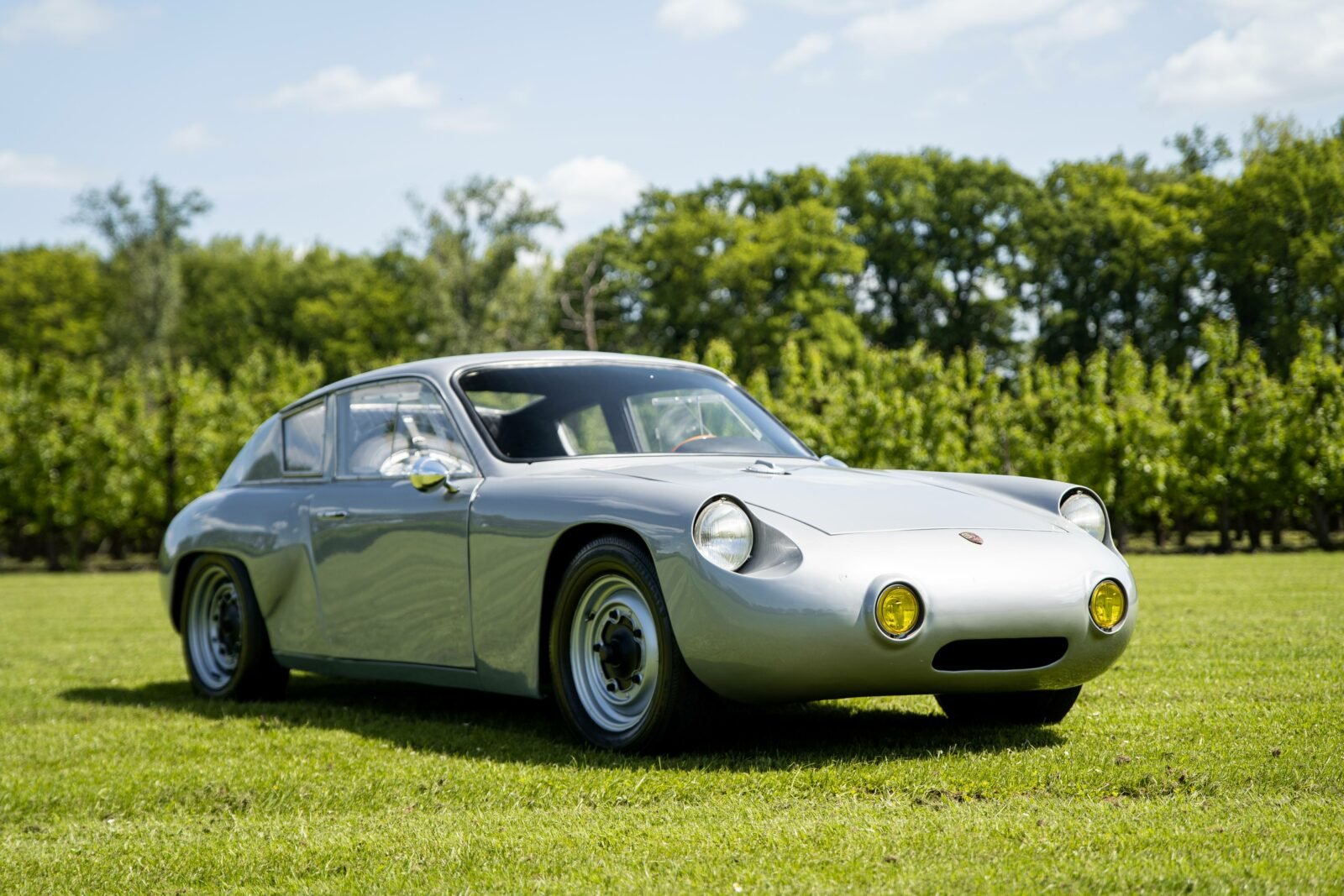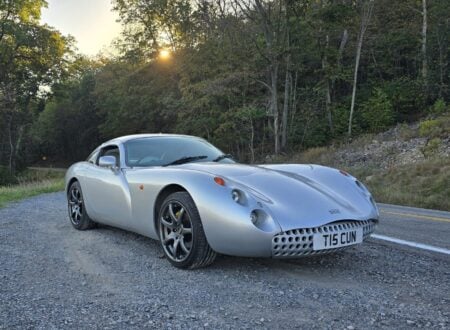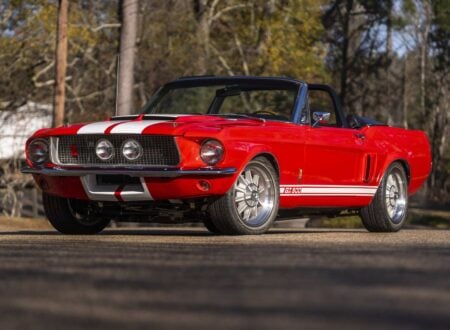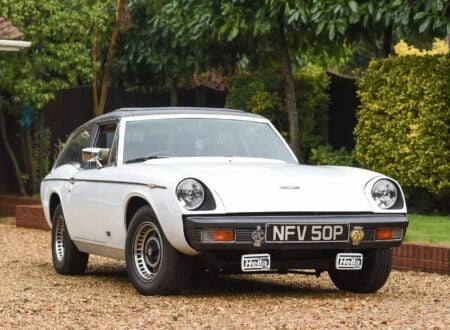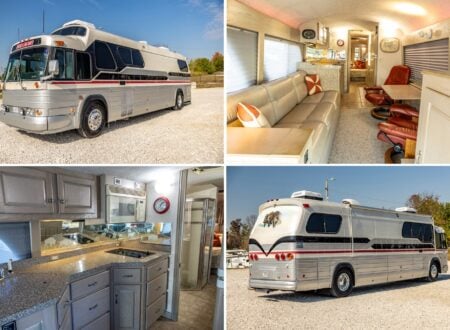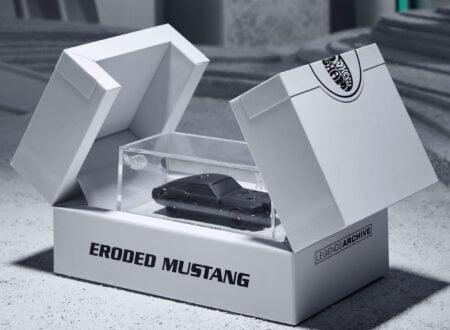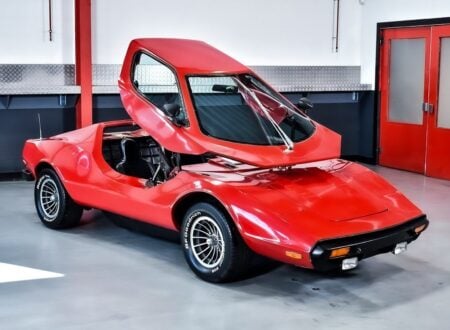This is the Porsche 356 Borghi Abarth, it’s a car with a fascinating backstory being the only one of its kind ever made – and it was only built because the 1953 Porsche 356 it’s based on burned to the ground in an accident.
The car was built not in Italy but in Buenos Aires, Argentina. Italian coachbuilder Aldo Borghi had relocated to the South American country at a time when Argentina was booming economically and set up a coachbuilding and automotive race preparation shop.
Fast Facts – The Porsche 356 Borghi Abarth
- The Porsche 356 Borghi Abarth is a custom coachbuilt version of the Porsche 356, built on the remains of an original 356 that had burned to the ground in the mid-1960s.
- It was built by Italian coachbuilder Aldo Borghi who had moved his operations to Buenos Aires, Argentina, and it’s the only one of its kind ever made.
- It’s clear that the car remained close to Borghi’s heart, it was completed and turned over to the owner in 1965 but he later bought it back for his own personal use and raced it in a number of rallies and races in Argentina from the 1970s through the 1980s and into the 1990s.
- The car was disassembled in the 1990s for a restoration by Aldo Borghi however he was never able to complete it. Fortunately it was later given a full restoration to its original 1965 specification and it’s now being offered for sale out of Sint-Truiden in Belgium.
Aldo Borghi: An Italian Coachbuilder In Argentina
Aldo Borghi was born in Italy, he trained as a young man in the art of automotive coachbuilding, specializing in the use of aluminum alloy to create strong, lightweight bodies.
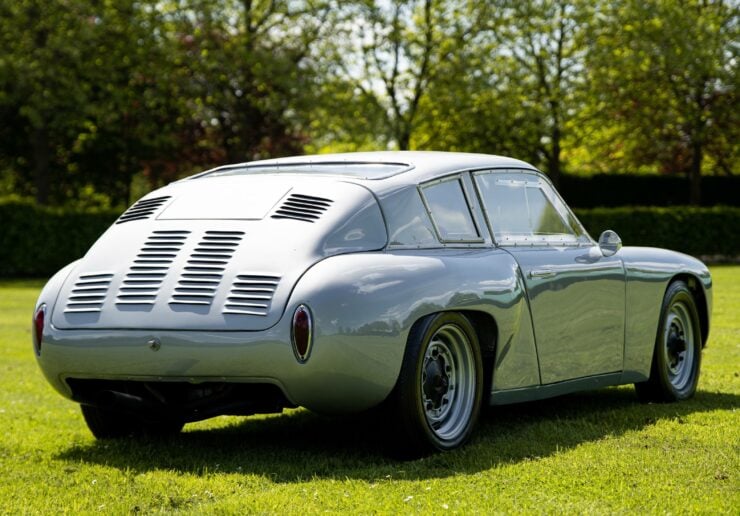

He later moved to Buenos Aires, Argentina, or more specifically he moved to the town of Tigre which is just slightly north of Buenos Aires but which is often included as being part of the large South American city.
In Argentina Borghi set up his own garage specializing in coachbuilding and developing sports cars for the bustling local racing scene. A number of significant cars came out of his workshop including the Alfa Romeo 2900 “Ballena” and the Alfa Romeo Spyder 6C 2500 “Paquito”, and he restored the Alfa Romeo 3000CM Carroceria Boano after an accident.
In 1965 he was brought the burned out hulk of a 1953 Porsche 356. Exactly what had happened to the car is lost to history but Borghi was able to salvage the floorpan, engine, transmission, and a number of other parts.
He then built a new body for the car entirely from hand-shaped aluminum, influenced by the styling of the Rocco Motto Abarth racing cars. The owner was delighted with the transformation and the car was notably lighter thanks to the loss of its original steel body.
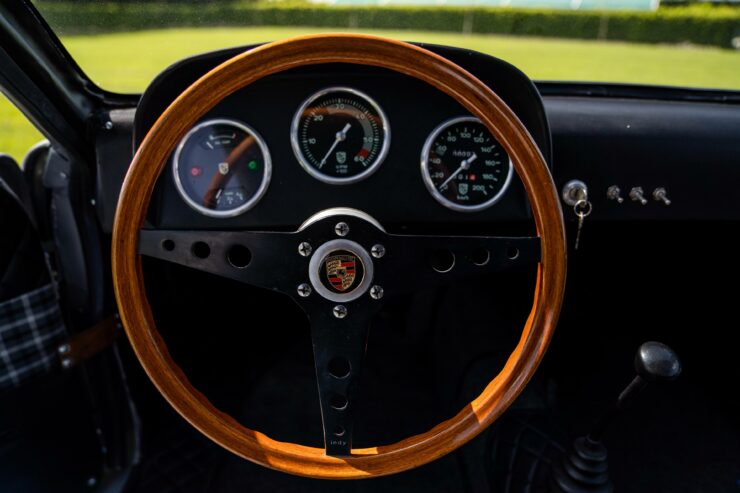

It’s clear that Aldo Borghi never forgot about the car, because in 1972 when the owner decided to sell it, it would be Borghi who would buy it and keep it for decades to come, racing and rallying it in Argentina.
The Porsche 356 Borghi Abarth
Building a new body for a car that’s been badly burned isn’t an easy task, fortunately Aldo Borghi was more than up to the task.
He created an entirely new outer bodyshell in aluminum alloy by hand shaping each of the panels needed, using the styling of the aforementioned Rocco Motto Abarth racing cars as his guide. The end result would be a car with fastback styling, a sleek front end, wider rear wheel arches, and an engine bay that was considerably more roomy than the Porsche original.
The lack rearward visibility is perhaps the only major gripe, but there’s not a lot of need to see what’s behind you when you’re winning anyway.
Thanks to the loss of its heavier original steel body, the new car – named the Porsche 356 Borghi Abarth – was considerably faster than its forebear. The Porsche Super 90 engine was later upgraded to produce approximately 110 bhp, with power sent to the rear wheels via the original Porsche 4-speed manual transmission.
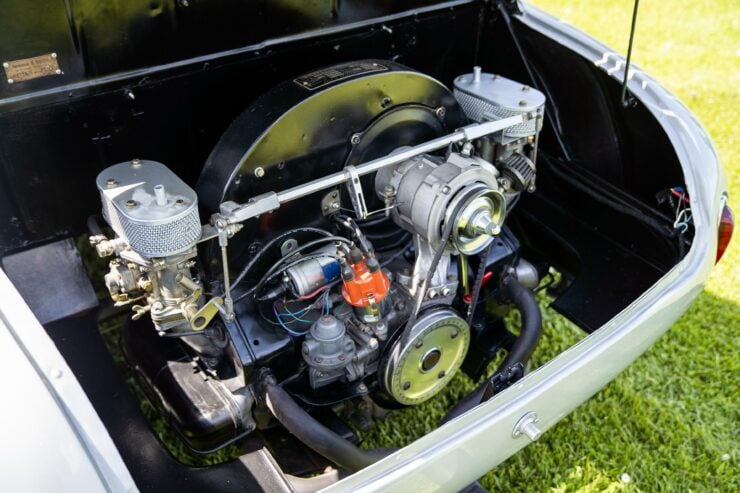

The car rides on steel wheels, with Porsche drum brakes at each of the four corners, and of course it has the independent front and rear suspension of the original 356.
Inside the car you’ll find a tastefully executed interior with leather seats that have plaid cloth inserts. This same combination is used on the doors, and the roof lining and rear of the car are finished in quilted leather.
Up front there’s a wood-rimmed classic steering wheel beside the gear lever, with three gauges front and center in the dashboard showing your speed, revs, and fuel level with the tachometer naturally in the center for optimal visibility.
The car is now being offered for sale out of Belgium on Car & Classic in an online auction format. If you’d like to read more about it or register to bid you can visit the listing here. It currently has just three miles on the odometer and remains in very fresh condition from its restoration.
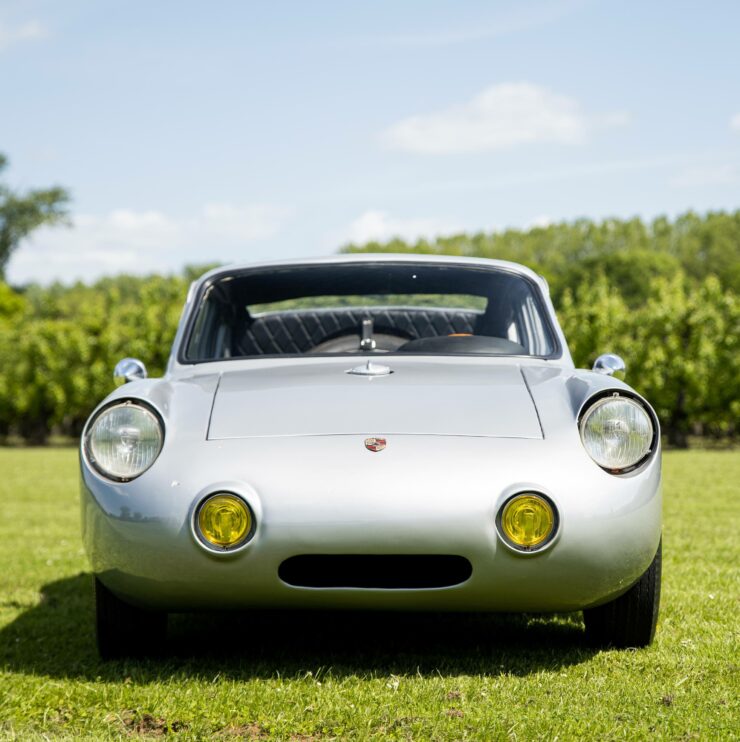
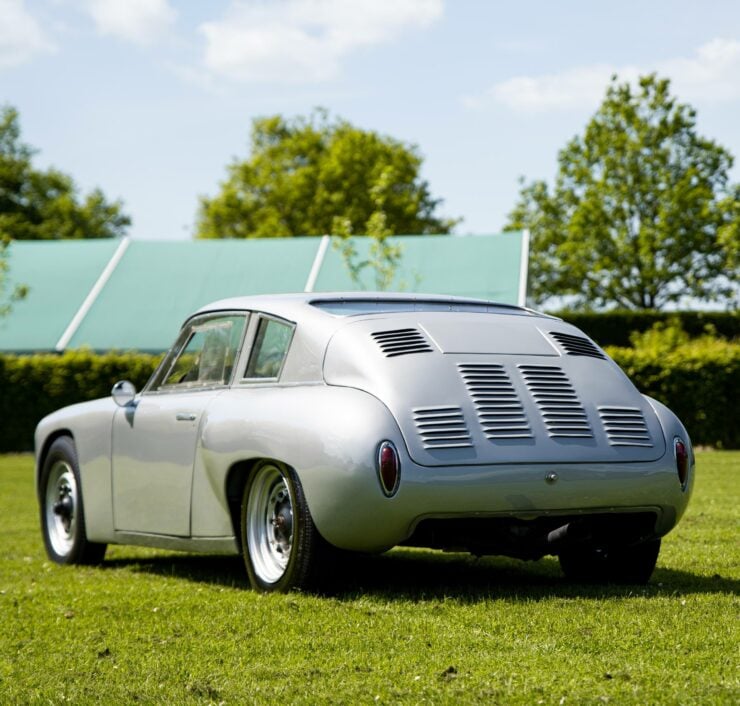
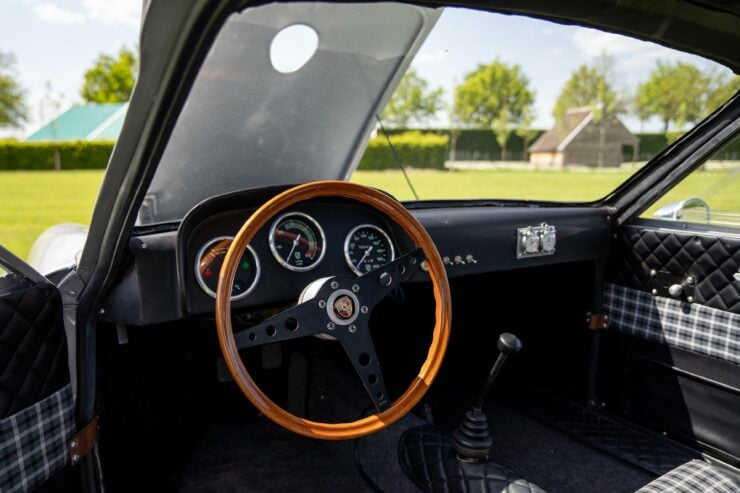
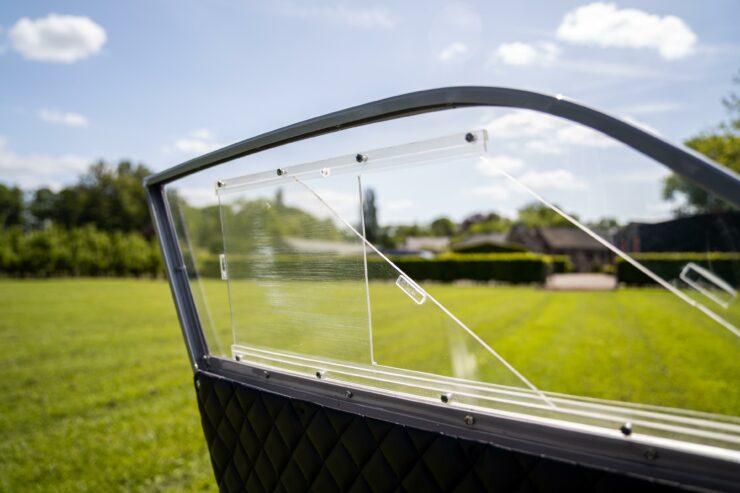
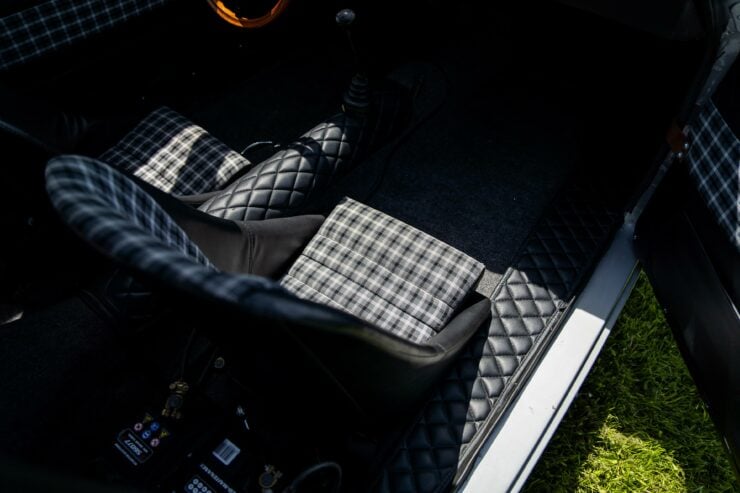
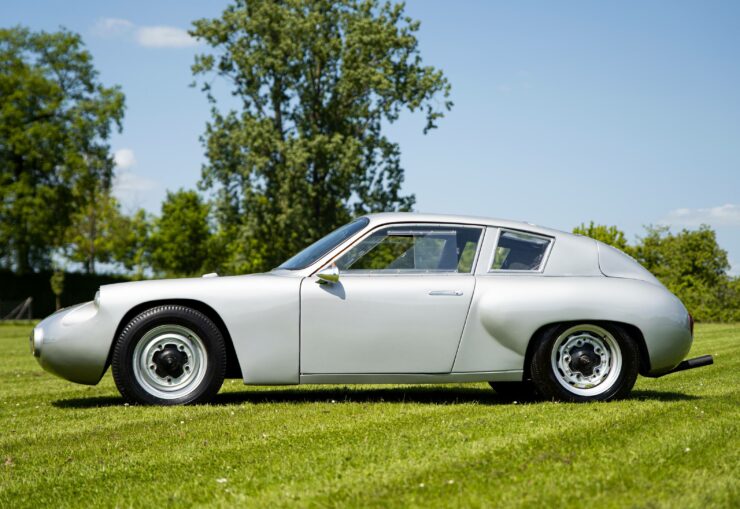
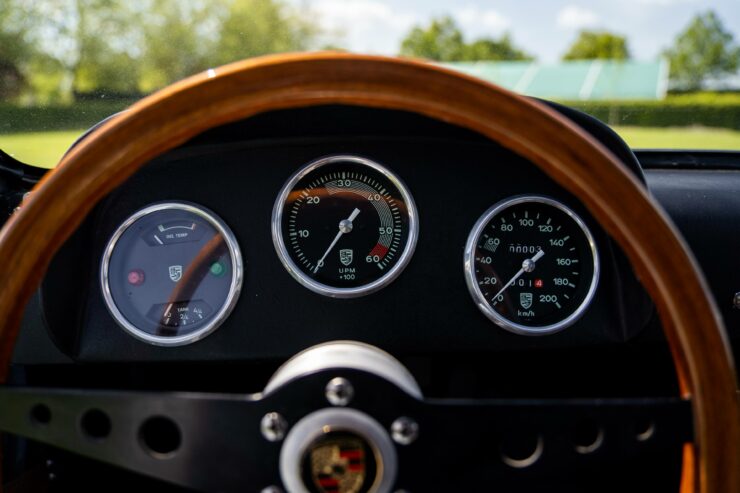
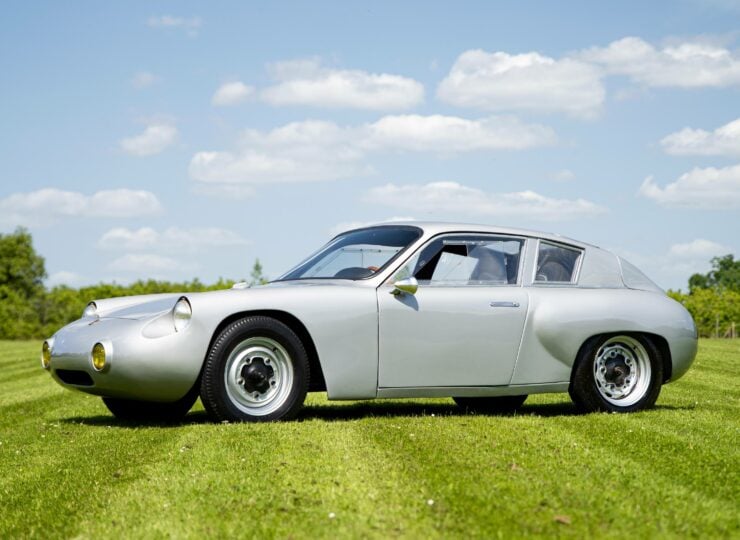
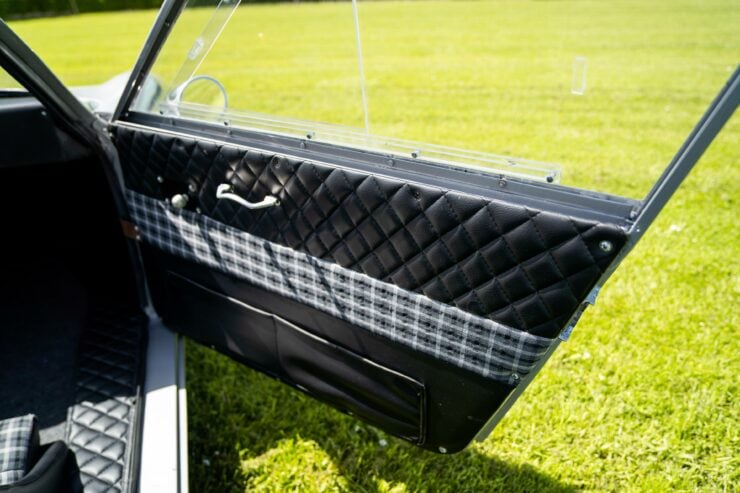
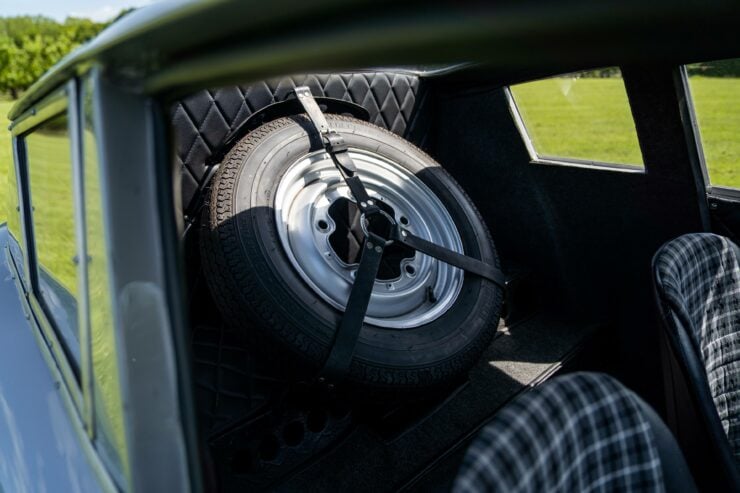
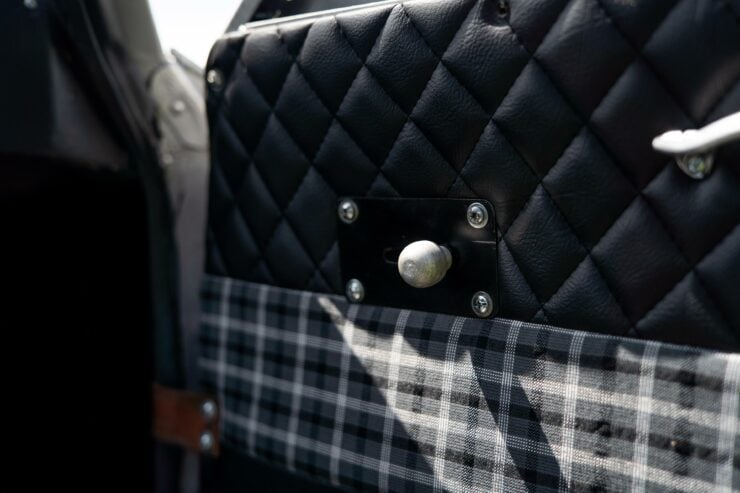
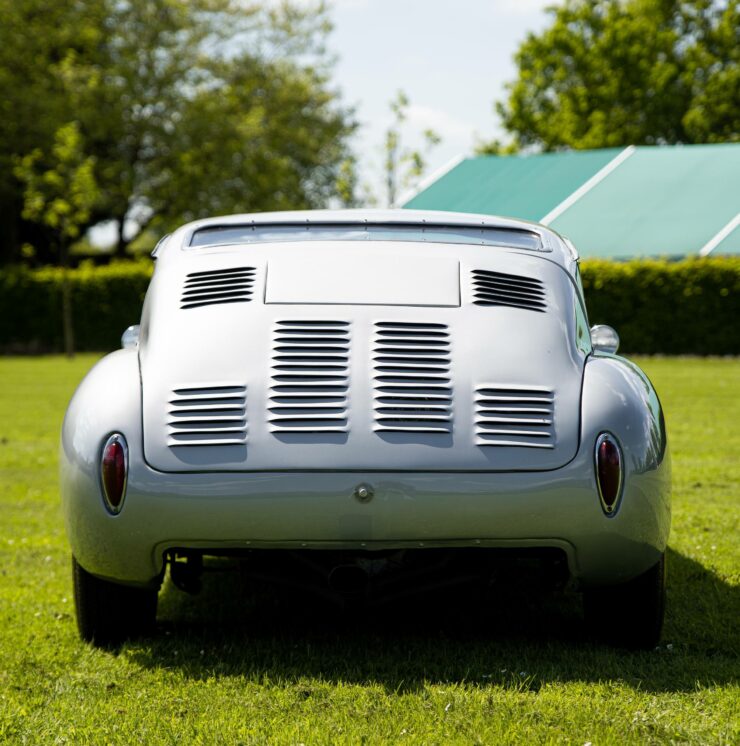
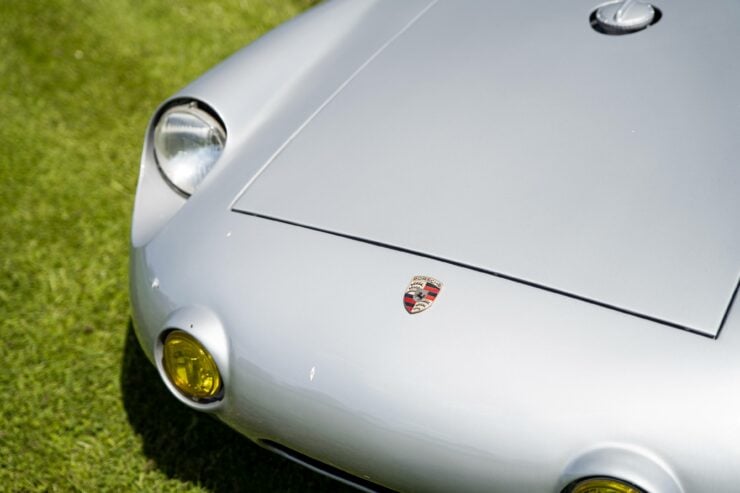
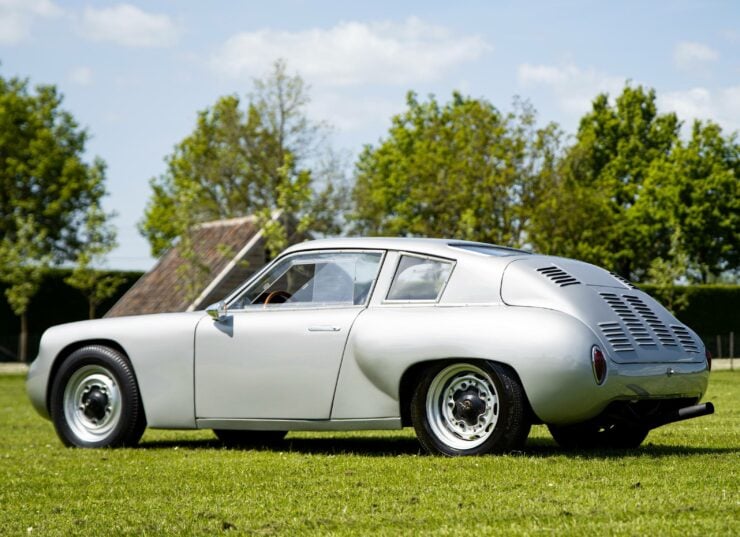

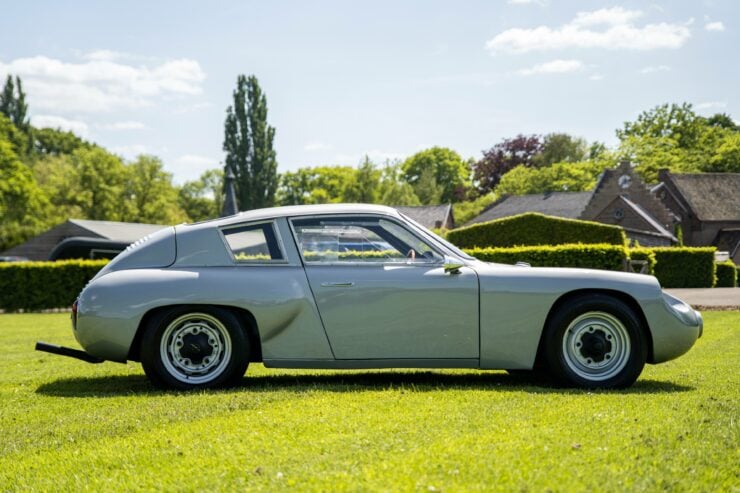
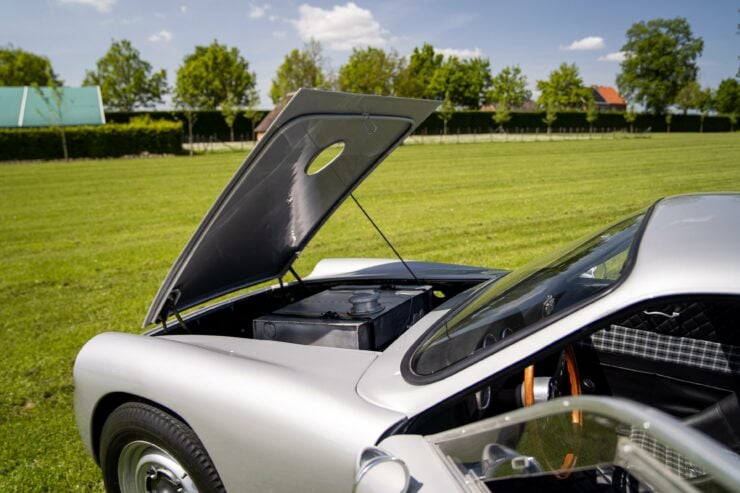
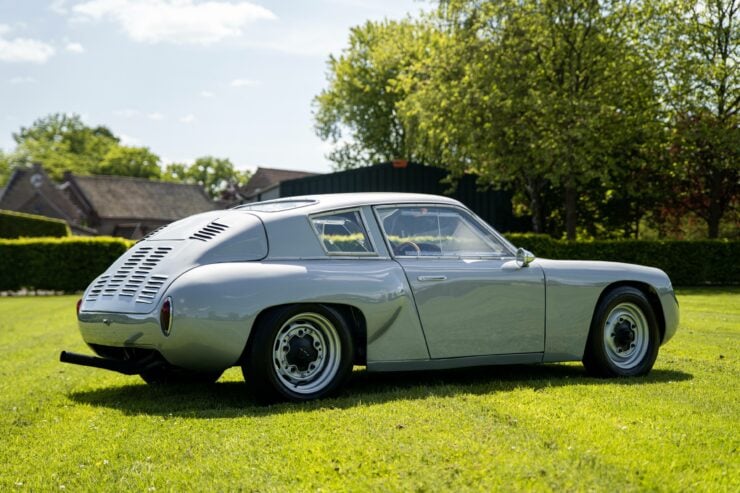
Images courtesy of Car & Classic

